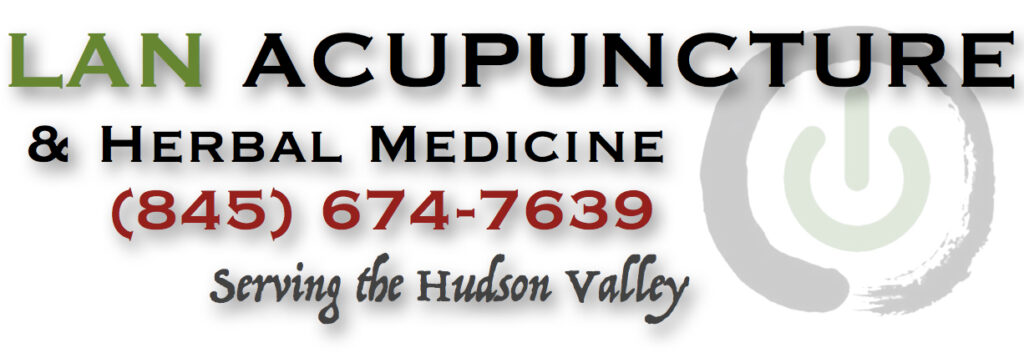[facebook][retweet]
Acupuncture dramatically improves the effects of a diabetes medication for the treatment of diabetic neuropathy. This condition includes signs and symptoms such as numbness, tingling, burning and/or electric sensations of the extremities. Patients receiving medications jumped from an approximately 8% neuropathy symptom score success rate to over a 90% effective rate when acupuncture was added to the treatment regime. The neuropathy disability score also showed significant improvement when acupuncture was added to the treatment regime. The medication only group had a 37.45% success rate. Acupuncture was added to the treatment regime and the neuropathy disability success rate jumped to over 90%.
 A neurological examination combined with nerve conduction studies was quantified using the Michigan Diabetic Neuropathy Score (MDNS). The medication only group received no improvements in diabetic neuropathy according to these measurements thereby yielding a 0% success rate. The group receiving both acupuncture and medication, however, had over a 95% effective rate.
A neurological examination combined with nerve conduction studies was quantified using the Michigan Diabetic Neuropathy Score (MDNS). The medication only group received no improvements in diabetic neuropathy according to these measurements thereby yielding a 0% success rate. The group receiving both acupuncture and medication, however, had over a 95% effective rate.
The importance of acupuncture for the treatment of diabetic neuropathy increases as the obesity epidemic worsens in the USA. Approximately 30% of all US children are overweight and approximately one third of today’s youth will contract diabetes. In the US, over 26 million people have diabetes.
Type-2 diabetes results from insulin resistance and often combines with insulin deficiency. It is a metabolic disorder that involves high blood glucose which results in many pathological changes within the body. Approximately 90% of all cases of diabetes are type-2. Lifestyle and genetic factors contribute to the formation of type-2 diabetes. Stress, poor diet and lack of exercise contribute greatly to the development of type-2 diabetes. Some medications also precipitate this disease including glucocorticoids, beta blockers, statins, thiazides and several antipsychotic drugs.
The study examined patients with type-2 diabetes. The medication used in the study was amitriptyline hydrochloride at a rate of 10mg/day combined with vitamin B12. The primary acupuncture points used in the study were: Quchi (LI 11), Weiwanxianshu (EX-B3), Shenshu (BL 23), Guanyuan (CV 4), Zusanli (ST 36), Hegu (LI 4) and Sanyinjiao (SP 6). The results demonstrated the effectiveness of a complimentary approach to medicine wherein pharmaceutical medication combined with acupuncture yields a synergistic, beneficial patient outcome.
The Acupuncture Points
The following acupuncture point vignettes present traditional indications and functions of the acupuncture points used in the study according to Traditional Chinese Medicine (TCM) principles. Some of these designations date back over 1,000 years while more modern indications include those from several hundred years ago to the post-modern era.
The extra point used in the study is Weiwanxiashu. This point, also known as Weiguanxiashu (Stomach Controller Lower Shu), is located 1.5 cun lateral to the lower border of the spinous process of the 8th thoracic vertebra. Its special indications include the treatment of diabetes, vomiting, chest pain, abdominal pain and pain of the hypochondrium. This point functions to clear the heat, generate fluids and works especially well for diabetics with a dry throat.
LI11 is a He Sea, Earth, Mother and Ghost point. It eliminates wind and exterior conditions, cools heat, regulates the Blood and alleviates dampness. While this point is commonly used for its heat clearing properties, it has the special function as a Ghost point. Sun Si-miao designated 13 acupuncture points as Ghost points based on their ability to treat mania and epilepsy. LI11 clears heat effectively thereby preventing it from attacking the Heart and spirit. This prevents irritability, chest oppression, mental restlessness and mania associated with Heart Fire and Heart Yin deficiency. These functions give us insight into Sun Si-miao’s designation of LI11 as one of the 13 Ghost points.
UB23 is the Kidney Back Shu point. It regulates the Kidney Qi, benefits the lumbar vertebrae and benefits the eyes and ears. CV4, located on the midline three cun below the umbilicus, is the Front Mu point of the Small Intestine. It nourishes and stabilizes the Kidney, regulates Qi and restores Yang. CV4 is the intersection of the 3 leg Yin channels. ST36 is a He Sea, Earth, Sea of Nourishment and Lower He Sea of the Stomach acupuncture point. ST36 orders the Spleen and Stomach, regulates Qi and Blood and strengthens patients with weak and deficient conditions. ST36 is one of the four command points and is used for the treatment of abdominal disorders. LI4 is commonly combined with K7 to induce sweating and with HT6 for the treatment of night sweats. The Luo-Connecting channel of the Lung meridian separates from the primary meridian at LU7 and traverses to LI4. LI4 is a Source and Entry point. It disperses wind, relieves the exterior, suppresses pain and clears the channels. SP6 is the Meeting point of the 3 Lower Yin meridians. It strengthens the Spleen, transforms dampness, spreads the Liver Qi and benefits the Kidney.
Reference:
Tanakornnuwat, Suwat, et al. “The Effectiveness of Acupuncture in Diabetic Peripheral Neuropathy.” Journal of Thai Traditional & Alternative Medicine 10.3 (2013): 177-186.
